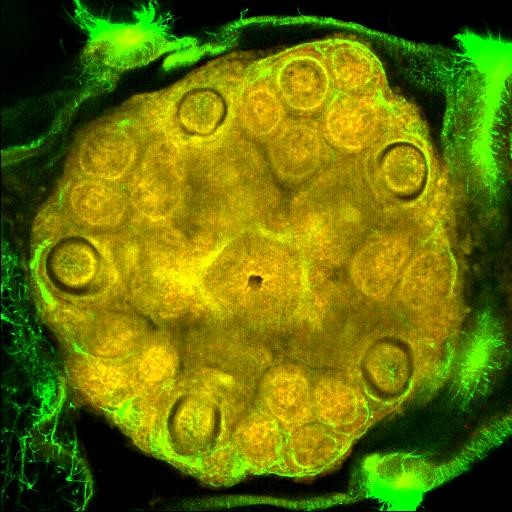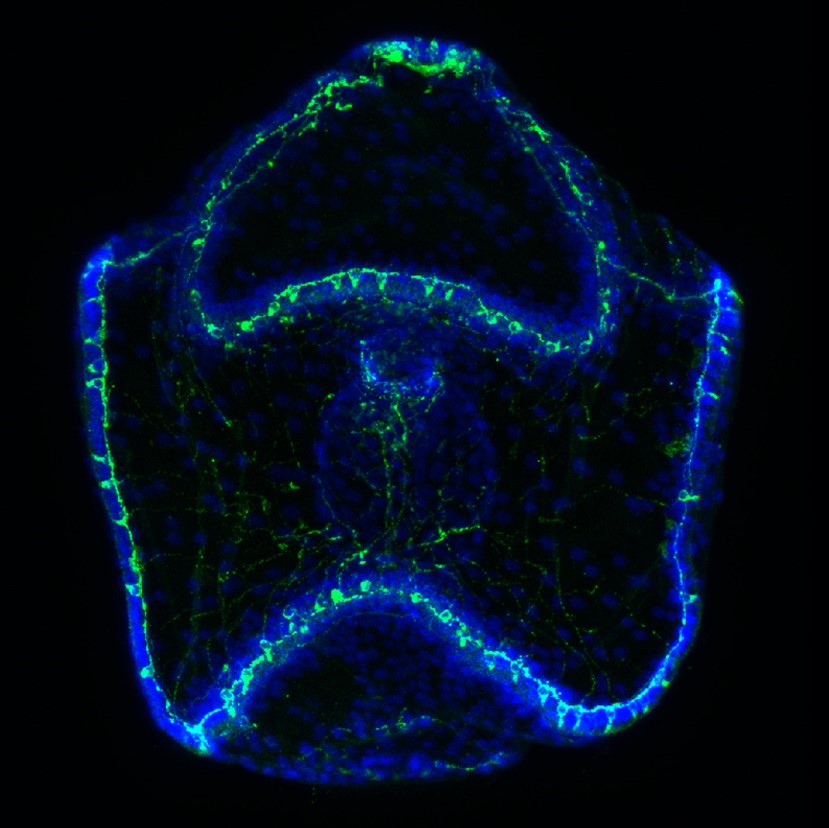Article content area
-

- SpecialtyDevelopmental Biology, Gene Regulatory Networks, Systems Biology
- E-mailyhsu@gate.sinica.edu.tw
- Tel02-2789-9511
- Website Yi-Hsien Su's LAB
- LabR410/ICOB



